This past week the National Association of Broadcasters (NAB), along with owners and operators of AM radio stations, were all taking bows when the Ford Motor Company reversed its decision to remove AM radio from ALL of its vehicles in 2024.
I don’t mean to rain on AM radio’s parade but something just doesn’t feel right about this quick change of heart. Let’s review the last five weeks.
April 1, 2023
News broke in the Detroit Free Press that Ford Motor Company planned to stop putting AM radio in both new gas-powered vehicles as well as electric vehicles beginning in 2024.
This sounded like it was an April Fool’s joke. However, Ford executives explained that “a majority of U.S. AM stations, as well as a number of countries and automakers globally, are modernizing radio by offering internet streaming through mobile apps, FM, digital and satellite radio options.” Ford said they planned to offer all of these alternatives for their vehicle owners so they could continue to hear their favorite AM radio station stations.
The Push-back
Alex Siciliano, senior vice president for communication at the NAB quickly responded to the news by saying, “we are certain that Ford does not want to alienate the nearly 48 million Americans who listen to AM radio, and we’ll continue to work closely with the Alliance for Automotive Innovation and individual manufacturers to keep this important service in cars.”
The NAB was joined by Massachusetts Senator Edward Markey and Federal Communications Commission (FCC) Commissioner Nathan Simington in urging automakers to keep AM radio in all vehicles, whether they be gas-powered or electric.
Then seven former administrators of the Federal Emergency Management Agency (FEMA) wrote a letter to the Secretary of Transportation, Pete Buttigieg, about how the removal of AM radio from cars will represent a grave threat to future local, state, and federal disaster response and relief efforts.
Ford Is Not The First OEM Who Thinks AM is Past Its Use-By Date
Original Equipment Manufacturers (OEMs) around the world are always looking towards the future, building cars and trucks equipped with what demands will be three to five years from now.
BMW, Mazda, Polestar, Rivian, Telsa, Volkswagen and Volvo have all removed AM radio from their electric vehicles.
FM vs AM Listening
AM (Amplitude Modulation) radio was invented the early 1900s. FM (Frequency Modulation) radio was invented in the 1930s. The shift in listening from AM to FM started in the early 1960s and by the late 70s, FM radio listenership eclipsed AM.
In June 2015, I wrote on this blog about AM Radio & Streaming Radio. I completed a 3,000 mile road trip consisting of listening to AM radio for the first 1,500 miles, and streaming radio the second 1,500 miles. I wrote:
Small signal AM radio stations primarily identify themselves with their FM translator dial position (How’s that saving AM radio?). The “pups” are mostly syndicated, automated, religious, sports or Spanish. They aren’t very engaging, which is probably a good thing if you’re driving usually because you don’t care when you lose the signal. Oh, and just try to hear their translator FM signal; forgetaboutit.
The 50,000 watt signals on AM, like WOWO in Ft Wayne, Indiana, WJR in Detroit, Michigan, WLW in Cincinnati, Ohio and KDKA in Pittsburgh, Pennsylvania are in another universe when it comes to radio programming.
While listening to WOWO, I heard a powerful morning show that was fun, engaging and tuned into the Ft Wayne area. WJR told me about Frankenmuth, Michigan while their midday show was broadcasting live from this unique resort town on the great lakes. WLW was talking about how the Cincinnati police were getting body cameras and how they were loaning them to the news folks in Cincinnati to wear and learn how they work. It was fascinating radio. And KDKA was a potpourri of information about all things Pittsburgh; thoroughly engaging and very enjoyable.
I rode each of these big signal radio stations for hundreds of miles and enjoyed listening to them every minute. Each was different, unique, fun, engaging LIVE and LOCAL.
The observation I made was that maybe the AM band should be reserved for these high power AM signals that have the bench strength to do great radio.
On my drive home I decided to see how easy it is to listen to streaming radio. Here’s what I wrote about that experience six years ago:
The day of my 15-hour drive home allowed me to listen to a streaming radio station through my iPhone4S, fed into my car’s audio system with no dropout, no buffering, and no disruption of any kind. The audio fidelity beats anything coming out of AM or FM terrestrial radio, and even SiriusXM.
On day two of my drive, I again streamed the Radio Tunes’ Smooth Jazz channel knowing that Jimi King and Stephanie Sales would be hosting a LIVE 3-hour Smooth Jazz show (they do this every Sunday). This turns Radio Tunes into a real live radio station, and I will admit that I love the channel mainly because of all the things it doesn’t do the other 165 hours a week. However, for three of the 7-hours of my second day’s drive, the companionship was really nice.
Again, I experienced no disruption to my listening as I proceeded from Maryland and through the state of West Virginia and into Kentucky. I carried Radio Tunes all the way into Lexington, Kentucky where I stopped to have some lunch.
While eating lunch it occurred to me how well my reception to streaming radio through my smartphone was. It offers excellent fidelity, no dropout, buffering or other disruptions.
Ford Decides to Keep AM Radio on All Its Vehicles
On May 23, just about five weeks after announcing that Ford would remove AM radio on all its vehicles in 2024, it reversed course and said it would not only continue to offer AM on both its gas-powered lineup but also its electric powered fleet as well.
That was an incredibly fast change of heart, but what really left people scratching their heads was that Ford also said it would restore AM radio to other Ford vehicles, via a software update, that never had AM radio in them to begin with.
About that clock…
I titled this blog article “What’s Wrong With The Clock?” and here’s why, Herb Cohen was called the world’s best negotiator and he wrote a New York Times bestseller called “You Can Negotiate Anything.” At a conference, I remember hearing Herb speak about his book and telling the story about a couple buying a grandfather clock.
As I remember it, Herb said this couple always wanted to own a grandfather clock but they were too expensive, until one day they found a grandfather clock in a store priced at $1,000. The couple had not seen a grandfather clock priced that low before and were planning to buy it at that price, when the husband thought he’d try and see if he could negotiate the price down a little. So, he said to the merchant behind the counter, “I will give you $500 for that grandfather clock.” The merchant quickly responded with “SOLD!”
The couple then wondered, what was wrong with the clock.
Negotiation is a process, that involves some back and forth, however when the process, as in the clock story, gets short-circuited, it’s human nature to wonder about your victory. That’s how I feel about the Ford reversal decision.
Moral Victory
What AM broadcasters have won in their battle with the Ford Motor Company is a moral victory. AM radio listening is in decline and there’s nothing in the cards that will change that.
If you say that someone has won a moral victory,
you mean that although they have officially lost
a contest or dispute,
they have succeeded in showing they are right about something.
-Collins Dictionary
Color me skeptical, but I sense that Ford has decided that with every AM radio station in America working to obtain an FM translator and then identifying ALL of their programming with their FM dial position, AM radio will put themselves out of business.
It’s not a beachhead Ford wishes to defend.
I also wonder how listenable AM radio will be in vehicles that don’t have the antenna systems and electrical shielding to insure good reception.
“It is much better to lose a battle and win the war
than to win a battle and lose the war.
Resolve to keep your eyes on the big ball.
-David J. Schwartz, The Magic of Thinking Big

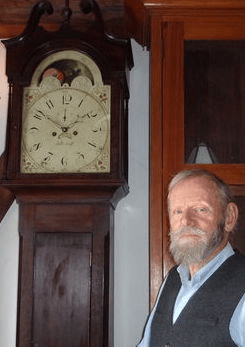









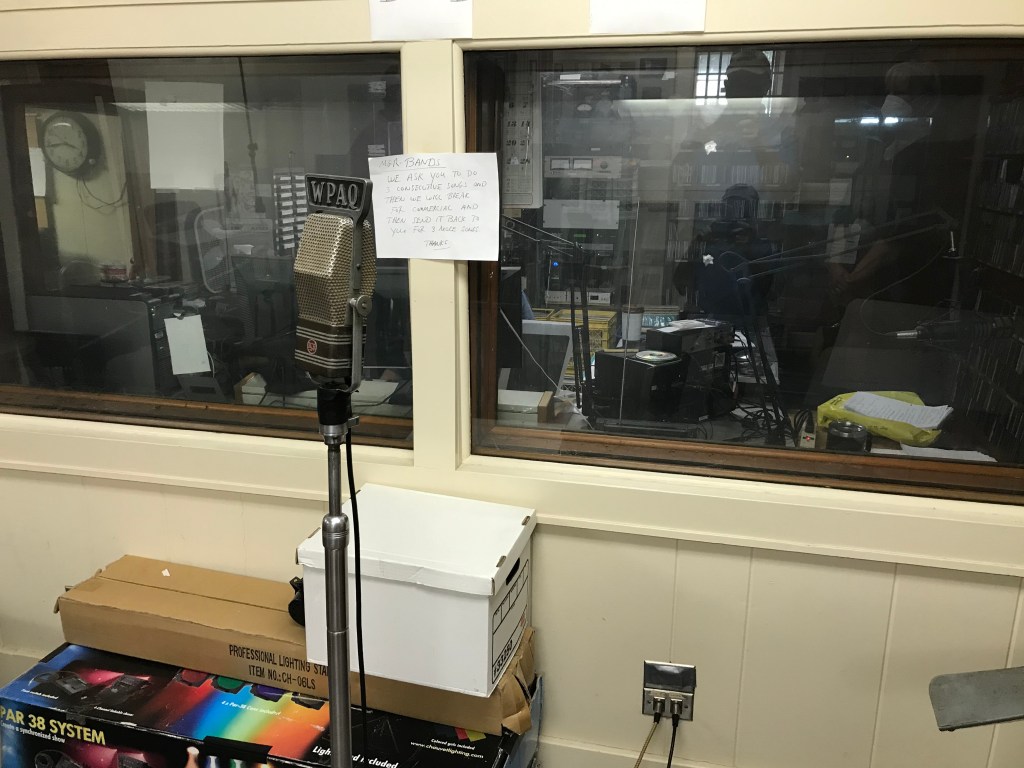

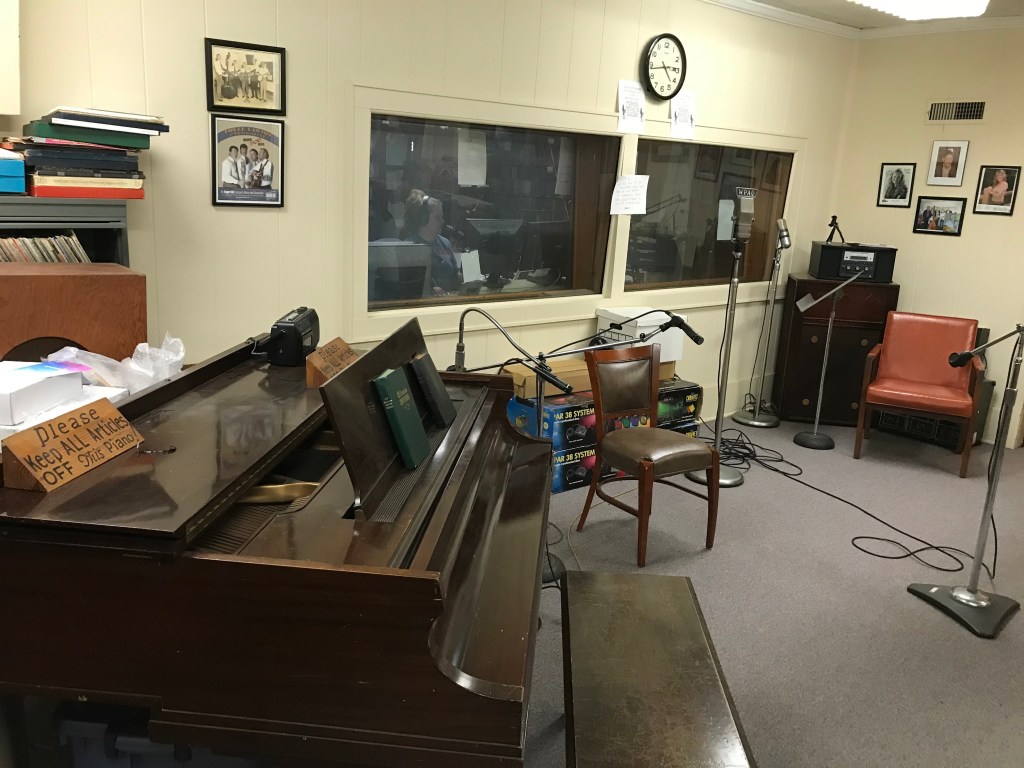



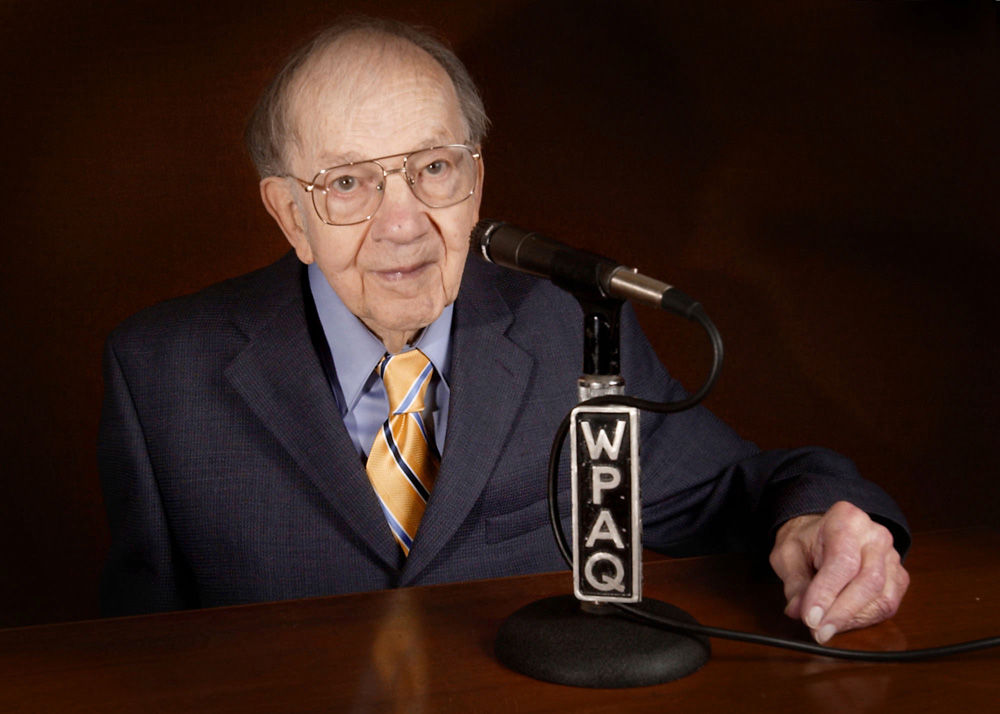
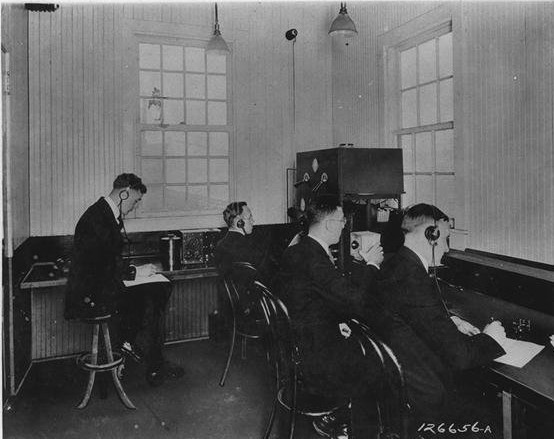

 That headline graced the cover of the final edition of Express, the free commuter paper published by The Washington Post. It was created only 16-years ago, as a free paper for commuters in the DC area to read on their daily metro commute into Washington. It all came to an end on Thursday, September 12, 2019.
That headline graced the cover of the final edition of Express, the free commuter paper published by The Washington Post. It was created only 16-years ago, as a free paper for commuters in the DC area to read on their daily metro commute into Washington. It all came to an end on Thursday, September 12, 2019.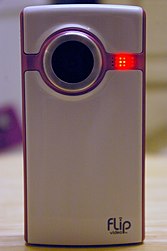 Amazon.com. It was so popular the line was taken over by Cisco in 2009. Fifteen improvements were made to the Flip video camcorders, until in 2011 when Cisco shut down the entire Flip Video division.
Amazon.com. It was so popular the line was taken over by Cisco in 2009. Fifteen improvements were made to the Flip video camcorders, until in 2011 when Cisco shut down the entire Flip Video division. Following World War I, America saw a future in long-distance wireless telegraphy using high-power radio stations. In the United States, British owned Marconi Wireless Telegraph Company of America ruled the airwaves, but in order to stay competitive, it needed the new equipment for broadcast, manufactured by General Electric Company.
Following World War I, America saw a future in long-distance wireless telegraphy using high-power radio stations. In the United States, British owned Marconi Wireless Telegraph Company of America ruled the airwaves, but in order to stay competitive, it needed the new equipment for broadcast, manufactured by General Electric Company.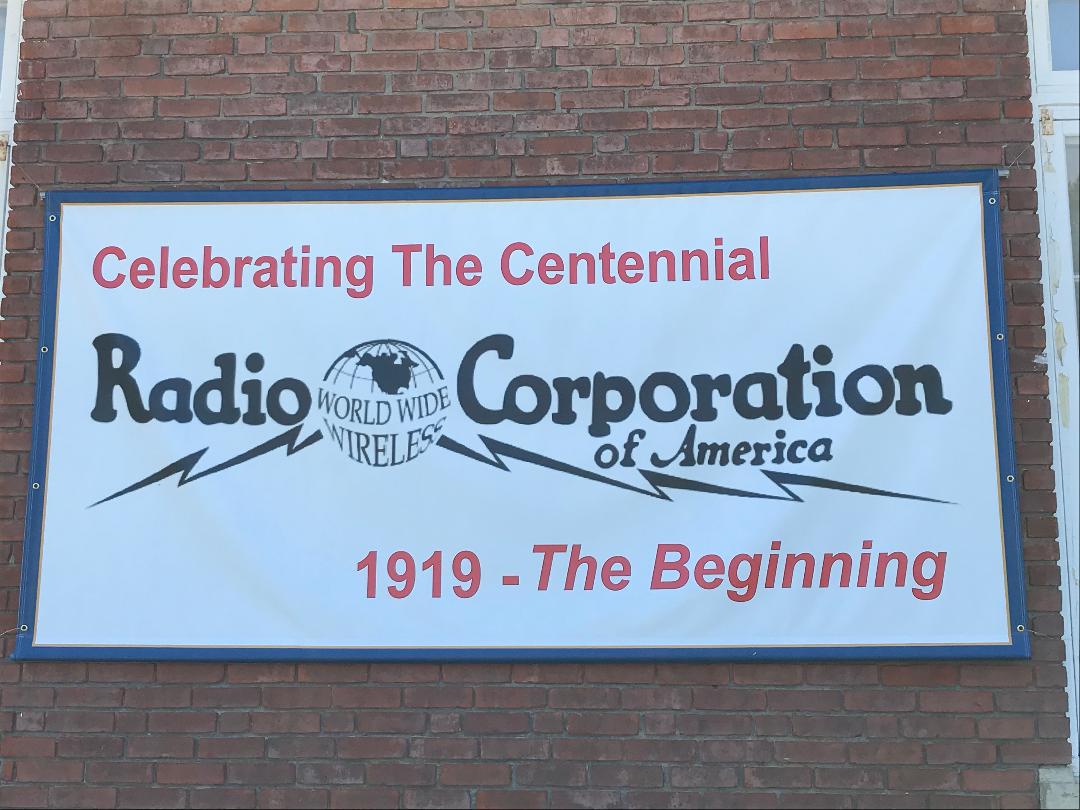

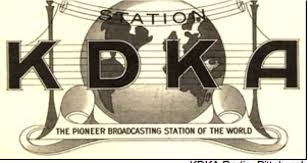
 When World War I ended, it didn’t go unnoticed what a powerful role radio communication had played in the outcome. Led by the General Electric Company, the Radio Corporation of America (RCA) was formed in October of 1919. With guidance from the federal government, RCA brought together GE, Westinghouse, and AT&T to develop the radio broadcasting industry in the United States.
When World War I ended, it didn’t go unnoticed what a powerful role radio communication had played in the outcome. Led by the General Electric Company, the Radio Corporation of America (RCA) was formed in October of 1919. With guidance from the federal government, RCA brought together GE, Westinghouse, and AT&T to develop the radio broadcasting industry in the United States.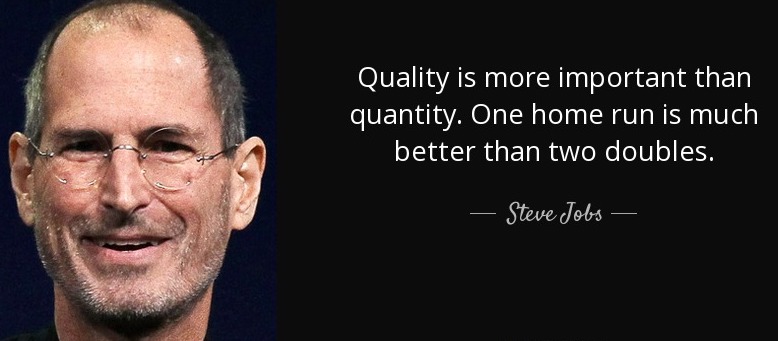
 I teach a course called the “History of Broadcasting in America” at the
I teach a course called the “History of Broadcasting in America” at the 